[EYE] Shaping the game of development assistance
New KOICA chief aims for 'rule-maker' status with fresh aid models and greater funding commitments
By Shin Hyon-heePublished : July 15, 2016 - 16:39
On paper, Kim In-shik may not be the most likely candidate to steer the Korea International Cooperation Agency. An old hand at trade and investment relations, the 67-year-old spent nearly 30 years promoting Korean products, technologies and markets around the globe for the Korea Trade-Investment Promotion Agency until his departure in 2005. It’s rare for a non-diplomat to take on the helm the organization. Despite the odds, he took the post in May, and is more than ready to prove he is the perfect choice.
In essence, his entire career and this new responsibility have much in common. The country’s grant-aid provider often works with Korean businesses, small- and midsize ones in particular, with the support of KOTRA units overseas.
Their shared goals: carve out fresh niches in relatively less-explored parts of the global market, elevate the national prestige and ultimately crank up diplomatic and economic cooperation with the host countries.
With limited financial and human resources and unique development experience, KOICA should be at the forefront of crafting new assistance models that can expedite the recipients’ growth while boosting business, cultural and people-to-people ties with Korea, Kim said.
And that’s precisely where the agency could cash in on its new president’s private sector knowhow -- building partnerships with other companies, academia and civic society.
In essence, his entire career and this new responsibility have much in common. The country’s grant-aid provider often works with Korean businesses, small- and midsize ones in particular, with the support of KOTRA units overseas.
Their shared goals: carve out fresh niches in relatively less-explored parts of the global market, elevate the national prestige and ultimately crank up diplomatic and economic cooperation with the host countries.
With limited financial and human resources and unique development experience, KOICA should be at the forefront of crafting new assistance models that can expedite the recipients’ growth while boosting business, cultural and people-to-people ties with Korea, Kim said.
And that’s precisely where the agency could cash in on its new president’s private sector knowhow -- building partnerships with other companies, academia and civic society.
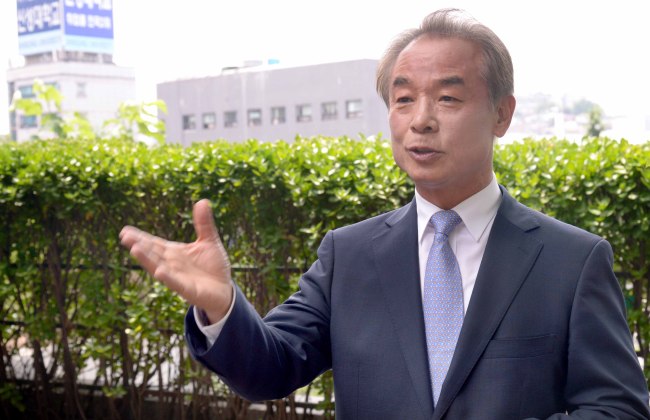
“As an emerging donor, Korea need not remain a follower but it may become a rule-maker in the game. I don’t believe there is the right answer in the arena of development assistance,” Kim said during an interview with The Korea Herald.
“We should formulate at least seven ‘Korean-style’ aid models based on our development experience and capitalizing on areas where we have a comparative advantage, which would be a win-win also for the recipient states.”
Yet the “rule-making” does not mean a defiance of international norms in any way, he noted, mindful of the recent controversy over the “Korea Aid” program.
Unveiled during President Park Geun-hye’s tour of Ethiopia, Uganda and Kenya last May, the “mobile aid” project is sought to blend health support with cultural and public diplomacy. Ten vehicles including two ambulances and four food trucks would visit poor regions in Africa, providing medical services while serving Korean food and screening soap operas and music.
The unprecedented initiative, however, triggered backlash from civic groups and some academics, who call it a “one-off political show.” Official development assistance should not be diverted for cultural promotion, and it not only lacks long-term viability but also runs counter to the international community’s efforts to systematically improve the health environment in the region, they said.
For now, it is too early to call the program a failure, Kim argued. KOICA has been running mobile clinics in West Africa and elsewhere, which managed to save many lives and helped plug the medical service vacuum in remote and critically underserved areas in a relatively cost-efficient way.
“For example, KOICA has built hospitals in many places but even after our post-construction management including local personnel training and equipment upgrade, some of them were found to struggle with operations because they did not have sufficient medical staff and maintenance capability to keep it up,” he said.
“No form of aid can be perfect. We can’t stay anywhere forever. As for the Korea Aid program, it would take time to bear fruit. What we ought to do now is to get to work on the ground.”
To meet Seoul’s obligations as a donor, Kim stressed the need to tackle fragmentation among various state agencies, citing complaints from beneficiaries and the request from the Organization for Economic Cooperation and Development’s Development Assistance Committee.
Other than KOICA, 44 more ODA implementing institutions exist in Korea -- with often conflicting objectives but no coherent vision.
The intra-agency tension and convoluted structure have long been a source to drag down Korea’s accountability. It was also seen as a major culprit behind its failure to scale up its ODA to 0.25 percent of gross national income by 2015.
“The work overlaps not just increases unnecessary coordination and administrative costs, but also seriously dents policy consistency. Now intra-agency consultations are nearly impossible so that it should be dealt with at the top level,” Kim said.
“In terms of scale, we need to expand our ODA/GNI ratio from the current 0.14 percent at least to 0.2 percent by 2020 in line with the basic framework laid out by the OECD DAC.”
A sharp rise in KOICA’s labor force is another pressing task at hand, he said, expressing concerns about the “incapability” to cater to surging demands across the developing world, which have prompted the institution to resort to mass recruitments of interns, contract-based staff and other stopgap steps.
Since the agency’s 1991 founding, its annual budget has grown nearly 35-fold to about 607 billion won ($529 million) this year. In contrast, the number of employees climbed a mere 160 percent from 201 to 331, data shows.
The present cap is far smaller than other state organizations with similar-scale budgets, including 885 of KOTRA.
“KOICA’s personnel expenses add up to the country’s ODA spending, and ODA is one of the most effective tool to promote Korea’s brand image and influence,” Kim said.
“Securing talent is one of the top priorities for my term, which is key to strengthening our capabilities as Korea’s grant aid provider.”
By Shin Hyon-hee (heeshin@heraldcorp.com)
“We should formulate at least seven ‘Korean-style’ aid models based on our development experience and capitalizing on areas where we have a comparative advantage, which would be a win-win also for the recipient states.”
Yet the “rule-making” does not mean a defiance of international norms in any way, he noted, mindful of the recent controversy over the “Korea Aid” program.
Unveiled during President Park Geun-hye’s tour of Ethiopia, Uganda and Kenya last May, the “mobile aid” project is sought to blend health support with cultural and public diplomacy. Ten vehicles including two ambulances and four food trucks would visit poor regions in Africa, providing medical services while serving Korean food and screening soap operas and music.
The unprecedented initiative, however, triggered backlash from civic groups and some academics, who call it a “one-off political show.” Official development assistance should not be diverted for cultural promotion, and it not only lacks long-term viability but also runs counter to the international community’s efforts to systematically improve the health environment in the region, they said.
For now, it is too early to call the program a failure, Kim argued. KOICA has been running mobile clinics in West Africa and elsewhere, which managed to save many lives and helped plug the medical service vacuum in remote and critically underserved areas in a relatively cost-efficient way.
“For example, KOICA has built hospitals in many places but even after our post-construction management including local personnel training and equipment upgrade, some of them were found to struggle with operations because they did not have sufficient medical staff and maintenance capability to keep it up,” he said.
“No form of aid can be perfect. We can’t stay anywhere forever. As for the Korea Aid program, it would take time to bear fruit. What we ought to do now is to get to work on the ground.”
To meet Seoul’s obligations as a donor, Kim stressed the need to tackle fragmentation among various state agencies, citing complaints from beneficiaries and the request from the Organization for Economic Cooperation and Development’s Development Assistance Committee.
Other than KOICA, 44 more ODA implementing institutions exist in Korea -- with often conflicting objectives but no coherent vision.
The intra-agency tension and convoluted structure have long been a source to drag down Korea’s accountability. It was also seen as a major culprit behind its failure to scale up its ODA to 0.25 percent of gross national income by 2015.
“The work overlaps not just increases unnecessary coordination and administrative costs, but also seriously dents policy consistency. Now intra-agency consultations are nearly impossible so that it should be dealt with at the top level,” Kim said.
“In terms of scale, we need to expand our ODA/GNI ratio from the current 0.14 percent at least to 0.2 percent by 2020 in line with the basic framework laid out by the OECD DAC.”
A sharp rise in KOICA’s labor force is another pressing task at hand, he said, expressing concerns about the “incapability” to cater to surging demands across the developing world, which have prompted the institution to resort to mass recruitments of interns, contract-based staff and other stopgap steps.
Since the agency’s 1991 founding, its annual budget has grown nearly 35-fold to about 607 billion won ($529 million) this year. In contrast, the number of employees climbed a mere 160 percent from 201 to 331, data shows.
The present cap is far smaller than other state organizations with similar-scale budgets, including 885 of KOTRA.
“KOICA’s personnel expenses add up to the country’s ODA spending, and ODA is one of the most effective tool to promote Korea’s brand image and influence,” Kim said.
“Securing talent is one of the top priorities for my term, which is key to strengthening our capabilities as Korea’s grant aid provider.”
By Shin Hyon-hee (heeshin@heraldcorp.com)



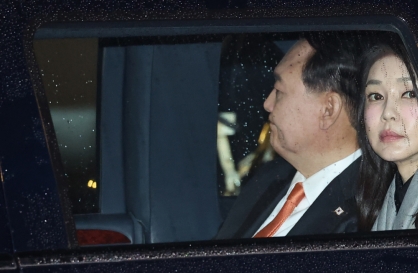
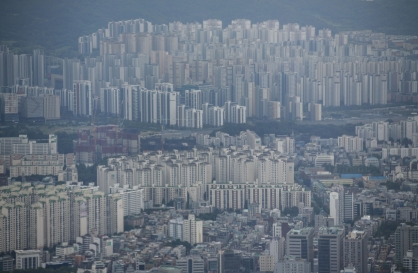
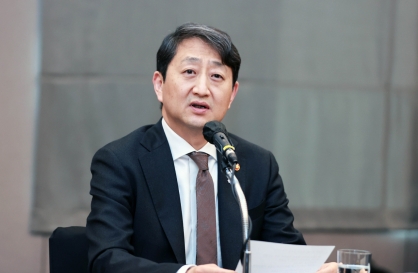
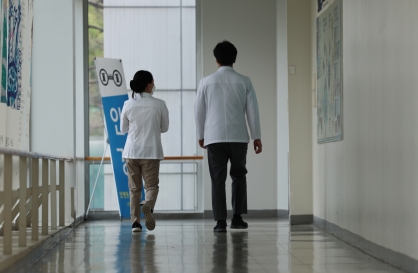
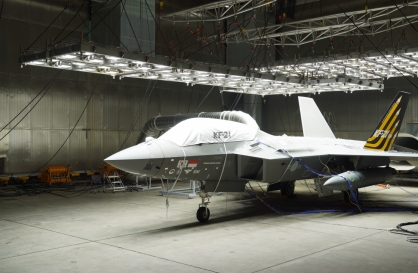
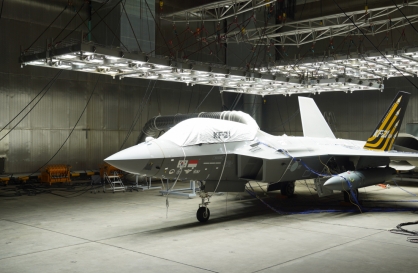
![[KH Explains] Can tech firms' AI alliances take on Nvidia?](http://res.heraldm.com/phpwas/restmb_idxmake.php?idx=644&simg=/content/image/2024/05/07/20240507050619_0.jpg&u=)
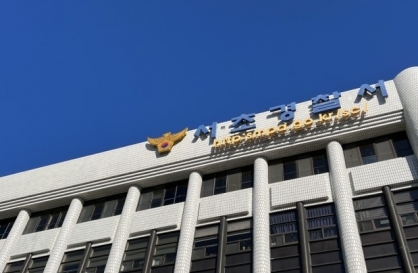


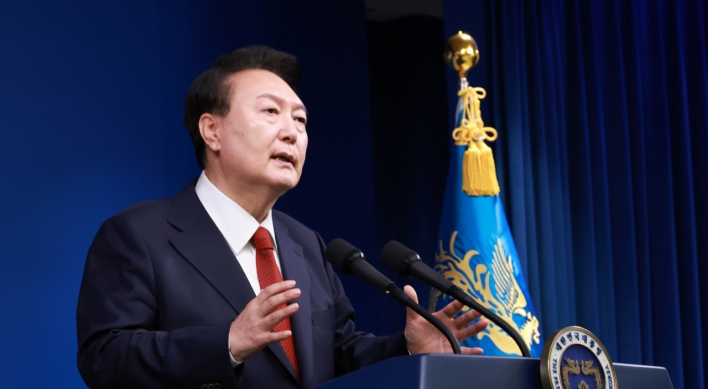


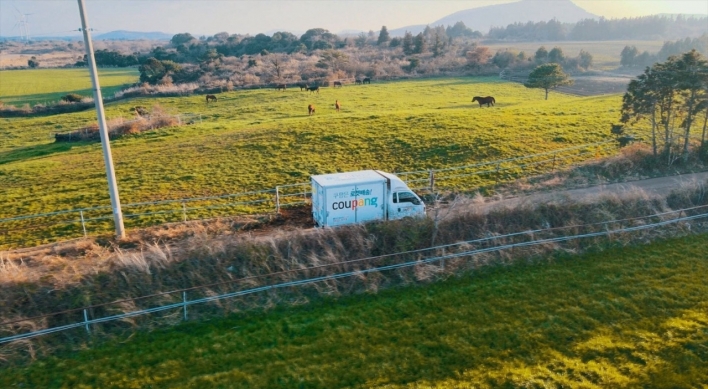
![[K-pop’s dilemma] Time, profit pressures work against originality](http://res.heraldm.com/phpwas/restmb_idxmake.php?idx=652&simg=/content/image/2024/05/08/20240508050705_0.jpg&u=20240508171126)
![[K-pop’s dilemma] Can K-pop break free from ‘fandom’ model?](http://res.heraldm.com/phpwas/restmb_idxmake.php?idx=642&simg=/content/image/2024/05/09/20240509050541_0.jpg&u=)